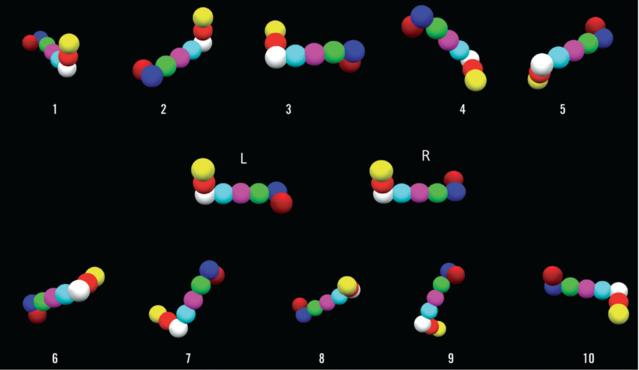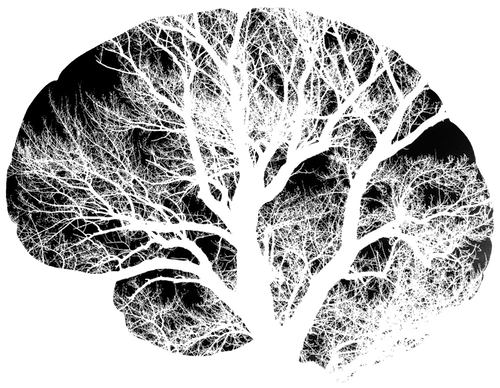Gender differences in cognition and perception are real
John Gray, author of Men Are from Mars, Women Are from Venus, argues that the two sexes have fundamentally different ways of thinking and communicating. Since a growing body of research supports Gray’s premise— revealing sex differences in everything from problem solving to play behavior—it seems natural to ask whether male and female brains are also fundamentally different.
Indeed, scientists studying the nervous systems of men and women have found physiological and anatomical variations that could explain some gender differences in cognition and behavior.
For example, neuroimaging studies show that women tend to use both sides of their brains for processing language, while men typically employ only the left side. These results correlate with clinical findings that females are less likely than males to suffer speech impairments after a stroke in the left cerebral hemisphere.
Some of the largest dissimilarities between the sexes are in spatial and verbal problem solving. By giving the following spatial and verbal tests to people at your next gathering of more than 10 men and 10 women, you’ll learn whether you and your friends fit the general pattern.
I want to emphasize that statistical gender differences do not predict what any individual’s cognitive attributes might be. I have known many women and men with off-the-charts spatial ability and verbal ability respectively.
TEST #1
Each of the figures numbered 1 through 10 below is a rotated version of either the template marked L (for left) or R (for right). Get a piece of paper and take 60 seconds and mark down an L or an R for each of the numbered figures, denoting which template that figure represents. At the bottom of the page, see how many you got right. The closer you got to a perfect 10, the greater your space-relations ability. Incidentally, this test also provides a rough estimate of your brain’s “biological age,” as our ability to perform spatial transformations in our head slows down when we get older.

Originally Published In Psychology Today
© Dr. Eric Haseltine


 Dr. Eric Haseltine is an author, futurist, and neuroscientist. He has held senior executive positions in private industry and the public sector, including serving as the associate director and CTO for national intelligence at the Office of the Director of National Intelligence. Eric holds 15 patents in optics, special effects, and electronic media. He has published in Discover magazine, Brain Research and Society for Neuroscience Proceedings, and Psychology Today. His books include Long Fuse, Big Bang, The Listening Cure, with Dr. Chris Gilbert, and Brain Safari.
Dr. Eric Haseltine is an author, futurist, and neuroscientist. He has held senior executive positions in private industry and the public sector, including serving as the associate director and CTO for national intelligence at the Office of the Director of National Intelligence. Eric holds 15 patents in optics, special effects, and electronic media. He has published in Discover magazine, Brain Research and Society for Neuroscience Proceedings, and Psychology Today. His books include Long Fuse, Big Bang, The Listening Cure, with Dr. Chris Gilbert, and Brain Safari.
I listened to your TED talk and wanted to reach out to you.
I have a PhD in organic chemistry though after reading Eric Lerner’s book “The big bang that never happened” I hypothesized that red shift was due to gravitational pull “tired light” of matter on light, not red shift “Doppler”. Embracing an infinite universe with 50 percent being antimatter, opens the possibility that you and I with chiral DNA have always and forever will be coverversing in 4 potential life forms ” matter / antimatter, L / R”
Thank you